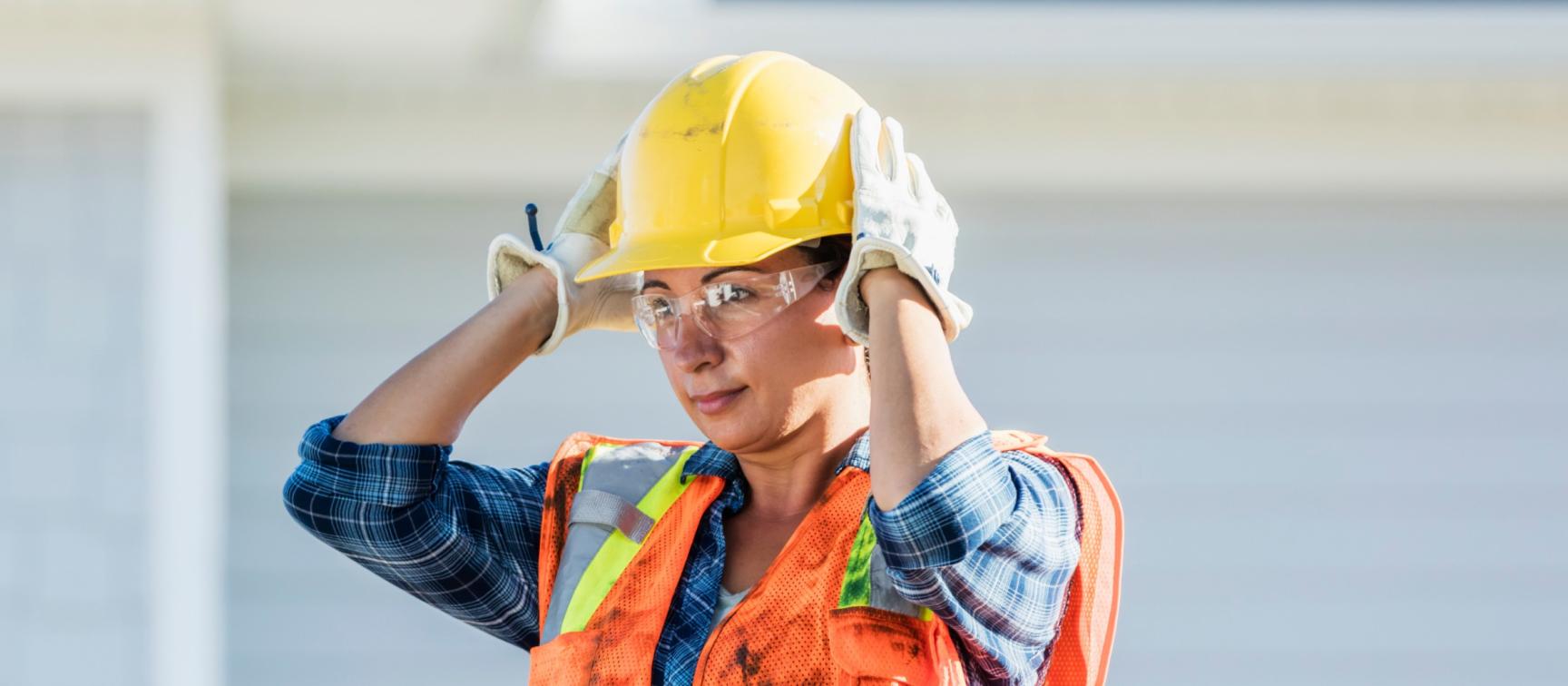
Equality And Inclusion For Women In Construction Throughout 2024
With the construction industry facing a skills shortage, recognising the potential of women is crucial for economic recovery. Tackling gender inequality in construction is integral to success, and as more women express interest in construction roles, the time is ripe for companies to take meaningful action
The number of women working in the construction industry is rising, having reached a record high of 340,000 in Q2 of 2023, according to ONS data demonstrating the industry’s shifting attitudes toward women.
The increase reflects the industry’s shifting attitudes toward women and has been driven in part by the acceleration of diversity, inclusion, and equality campaigns as construction companies look to champion a diverse workforce.
Navigating existing barriers to gender inequality in construction
Gender inequality remains a core issue across all sectors in 2023. Whilst social progression has helped to bridge the gap, a 2022 workplace report found that 67% of women have experienced gender-based inequality in some form in the workplace.
In construction, and other traditionally male-dominated environments, women have often faced a machismo culture and lack of female representation, both of which can discourage women from applying to roles in these industries.
It is important to grow and promote the existing female representation in the industry in order to provide role models and advocators who will promote the importance of women within construction and encourage others to pursue career aspirations.
It’s not simply a case of ‘if you build it, they will come’; but showcasing the available skills within construction and painting an environment where women can see themselves and their skills, particularly targeting younger age groups and opening their eyes to a successful career in construction.
As with all types of diversity, having a mix of genders in the workplace is key to ensuring diverse perspectives and an increased skillset, including complimentary priorities.
Studies have shown that women are more likely to prioritise safety on the job site, and the fact that women communicate differently to men offers extreme value in a board room.
As the female demographic in construction grows, companies have a real opportunity to diversify their workforce, from frontline teams to senior leadership.
A recent study has shown that 80% of women lack the confidence to speak up in their careers
Evidence suggests that after entering the construction industry, women often do not exceed in the way their male counterparts do.
This is not unique to male-dominated industries, as a recent study found that nearly 80% of women lack the confidence to speak up in their careers. However, in a male-dominated industry, it is likely that this number could be even higher.
Having the right support in place for women in the workplace is key. Training female mentors is an important step change for companies to take, providing role models who can support women early on in their career and demonstrate their integral role in the industry.
There are thousands of exceptionally talented women in the industry already: the challenge is to ensure they reach their true potential in positive, working environments, to inspire the next generation.
To ensure that individual women don’t shoulder this weight on their own, HR departments must play a crucial role in tackling gender inequality in construction.
How can HR departments help to tackle gender inequality in construction?
In HR, one of the main aims is to foster an environment of equality and inclusion to improve employee experiences, no matter the employee or workplace. Ensuring that women can enter the construction industry and have the best possible experience when they get there is vital.
When recruitment campaigns are taking place, it isn’t enough to have a one-size-fits-all strategy. By creating specific campaigns aimed at recruiting women, be that through using women in recruitment adverts or sending female workers into schools to showcase the potential for a career in construction, a difference can be made, and doors of opportunity can be opened.
Ensuring that managers have been trained in diversity and inclusion is also crucial to facilitate workplace equality and align workplace culture with modern team dynamics.
By creating tailored support programmes through which workers can share concerns as they settle into their new role, businesses can grow retention rates among the female workforce.
Increasing the number of women in construction will additionally pave the way for more inclusive policies. For example, the use of gender-neutral language or the provision of flexible working environments for parents, without judgement or fear that this will affect work performance.
Companies need to recognise the potential of women in filling skilled construction roles
In an industry that is experiencing a continued skills shortage and is integral to ensuring economic recovery, it is vital that companies recognise the untapped resource of women when looking to fill roles in the construction and manufacturing industries.
Many companies might think they are doing enough already, but ensuring the success of women in the industry means developing a precise strategy so HR departments can analyse metrics to increasingly diversify the workforce.
Diversity is a pivotal part of a successful modern business, and with rising numbers of women interested in construction roles, there’s no time like the present to get things moving.
Credit - PBCtoday

